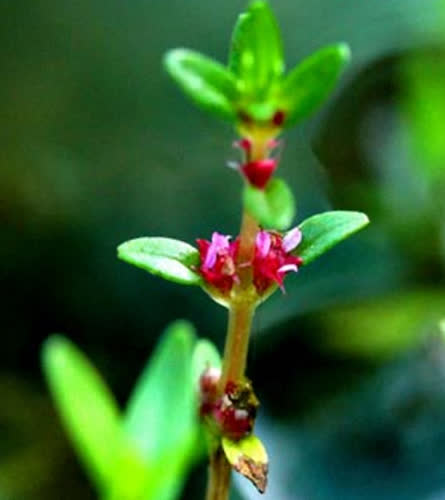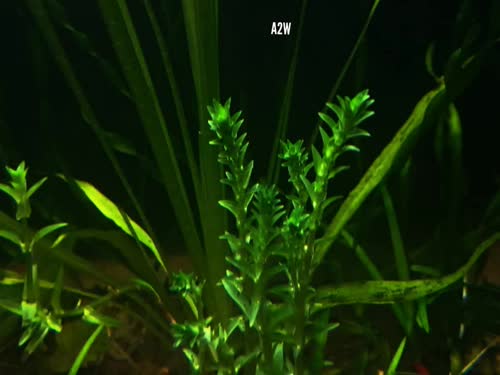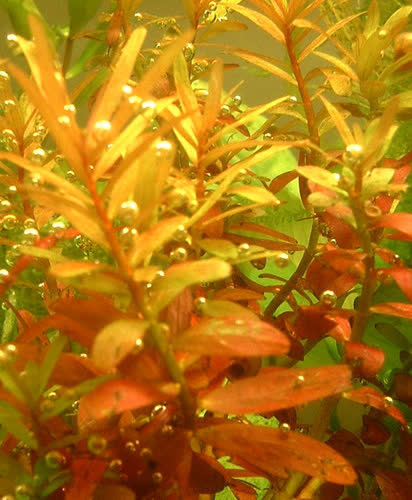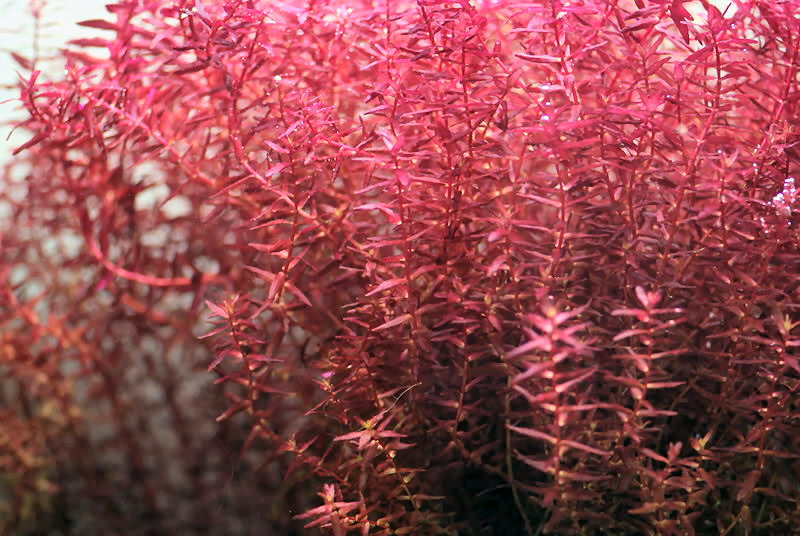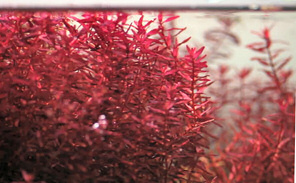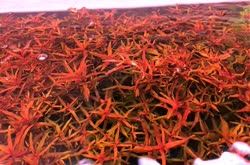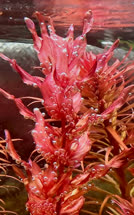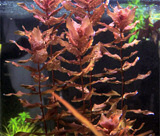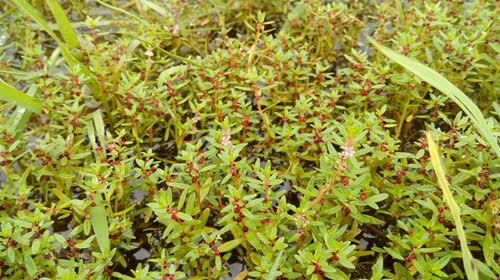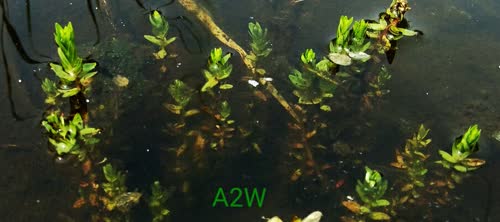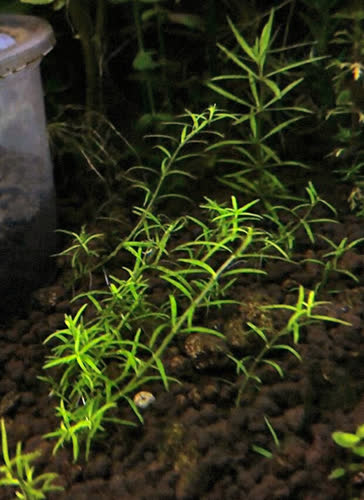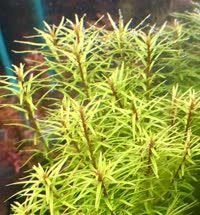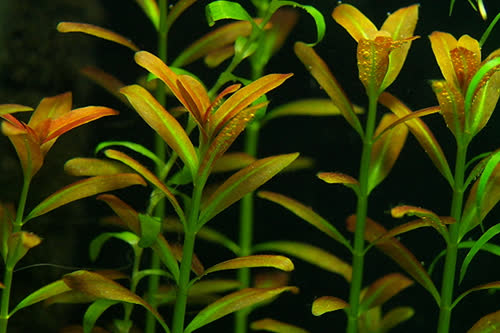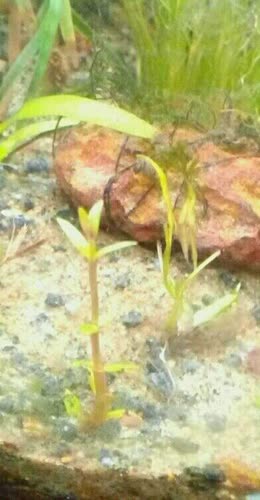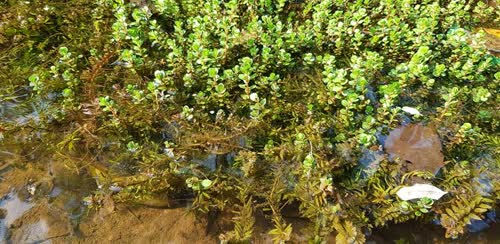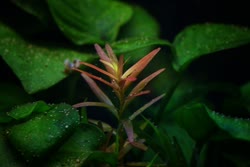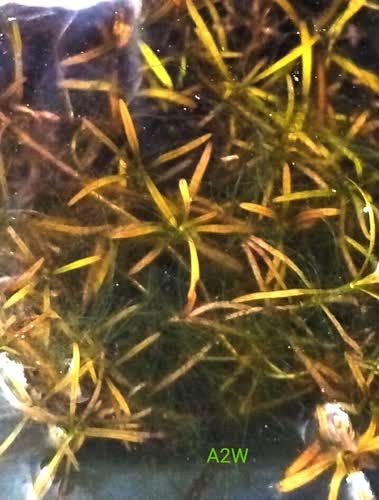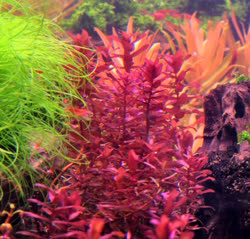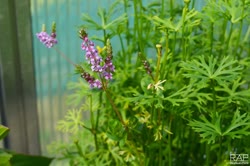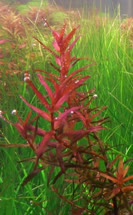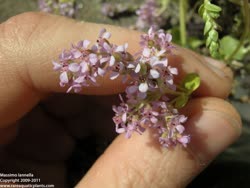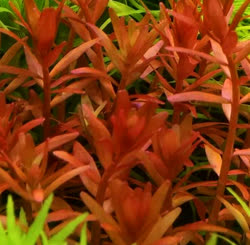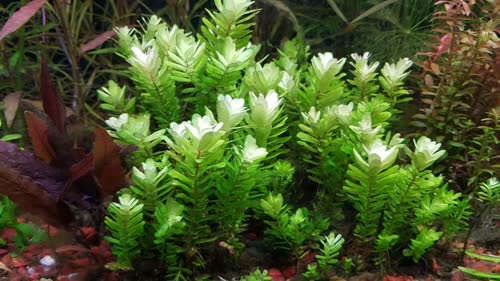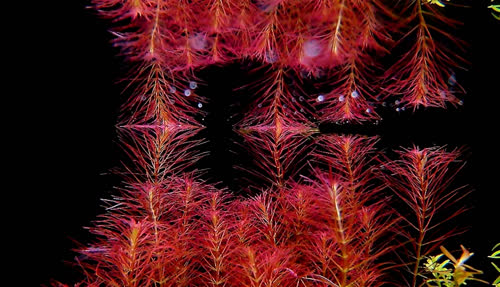Key to the Peninsular Indian species of Rotala
1) Flower apetalous ............................................ 2
1) Flower petaliferous ……………................... 6
2) Calyx appendages present …….....….......... 3
2) Calyx appendages absent ….............……… 4
3) Calyx appendages 2-3 times longer than calyx
lobes; bracts present ..... R. meenkulamensis
3) Calyx appendages shorter than calyx lobes;
bracts absent ……............ R. cheruchakkiensis
)Leaves usually in whorls of 3, leaf base often
sheathing; bracteoles leaf-like, partly or
completely enclosing the flower ….....…..... 5
4) Leaves in whorls of 3-8 or decussate, leaf
base not sheathing; bracteoles scarious, not
enclosing the flower …................... R. mexicana
5) Calyx lobes 5 …...........………. R. occultiflora
5) Calyx lobes 4 …….……....... R. kasaragodensis
6) Plants emergent aquatics ……………………. 7
6) Plants amphibious or terrestrial ….....……… 11
7) Leaves monomorphic ……… R. vasudevanii
7) Leaves dimorphic ………..................……… 8
8) Stamens inserted at the middle or above the
middle of the calyx tube; nectar scales absent
………...........................................……............. 10
8) Stamens inserted towards the base of the
calyx tube; nectar scales present .................... 9
9) Leaves opposite, decussate; aerial leaves
obovate-orbicular, cordate at base, rounded
at apex; black hairs present in the axils of
bracteoles ………........................ R. sahyadrica
9) Leaves in whorls of 7–10; aerial leaves
linear, narrowed towards base, bimucronate
at apex; black hairs absent in the axils of
bracteoles ……………........................ R. cookii
10) Submerged leaves elliptic or ovate; aerial leaves
obovate, rounded at apex ..... R. tulunadensis
10) Submerged leaves capillary; aerial leaves
linear, minutely bifid at apex ….. R. verticillaris
11) Calyx appendages present …..…………...... 12
11) Calyx appendages absent …......…………… 20
12) Nectar scales present ……………………...... 19
12) Nectar scales absent ……...............………… 13
13) Bracteoles longer than flowers ..………… 14
13) Bracteoles shorter than flowers …....……... 15
14) Petals up to 0.25 mm long, apiculate at
apex ....................................... R. dhaneshiana
14) Petals 0.5–1mm long, 2-lobed at apex ............
......................................................... R. densiflora
15) Leaves monomorphic; calyx appendages as
long as calyx lobe …............................……. 16
15) Leaves dimorphic; calyx appendages two times
longer than calyx lobe …... R. khaleeliana
16) Capsules 3-valved ….............………………... 17
16) Capsules 4-valved …...................…………... 18
17) Stamens 0.5–0.7 mm long, attached at the
middle of the calyx tube ……......... R. rosea
17) Stamens 3–4.5 mm long, attached at the base
of the calyx tube ………....... R. belgaumensis
18) Bracts cordate-acuminate; calyx lobes almost
equal to the tube; appendages as long as
calyx lobes ……….................... R. illecebroides
18) Bracts obovate-obtuse; calyx lobes much
shorter than tube; appendages shorter than
calyx tube ……..........................…… R. ritchiei
19) Leaf apex acute to shortly truncate;
petals elliptic to oblong, acute at apex
……………………............... R. malampuzhensis
19) Leaf apex subtruncate to slightly bimucronate;
petals broadly obovate, shallowly sinuate
at apex ….............................……. R. anamika
20) Petals fimbriate ……......………… R. fimbriata
20) Petals entire ...................……………………. 21
21) Leaves alternate; flowers heterostylous ........
...................................................... R. floribunda
21) Leaves decussate; flowers homostylous ..... 22
22) Petals 5; leaves linear; nectar scales present ...
...................................................... R. malabarica
22) Petals 4; leaves ovate or obovate or orbicular,
nectar scales absent …......................………... 23
23) Stamens inserted at the middle of the calyx
tube ................................................................... 24
23) Stamens inserted at the base of the calyx
tube .................................................................. 25
24) Calyx tube constricted above; petals longer
than calyx lobes ........................ R. serpyllifolia
24) Calyx tube not constricted; petals shorter than
calyx lobes …….................................. R. indica
25) Stamens as long as or shorter than calyx
tube; bracteoles almost equaling the calyx
tube ........................................... R. rotundifolia
25) Stamens much longer than calyx tube;
bracteoles much shorter than the calyx
tube …...............................…... R. macrandra
Ref: A new species of Rotala (Lythraceae) from Kerala, India
Lemiya K.M.* and A.K. Pradeep
